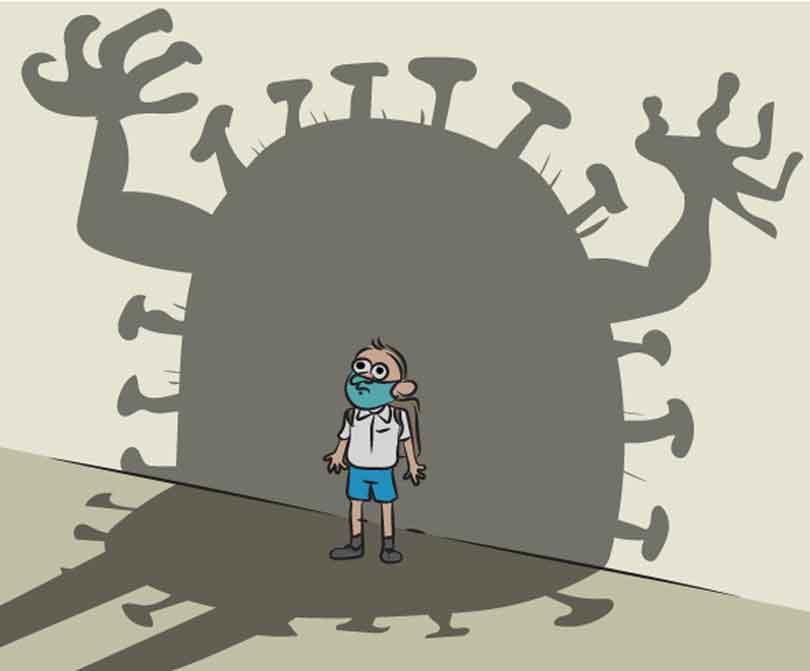24 Nov 2020 - {{hitsCtrl.values.hits}}

COVID-19 pandemic has created a hellish situation for the students across the world. In a country like Sri Lanka where poverty and poor access to technology prevail among a sizeable segment of the population, attendance to schools or pursuing distance learning, is a task of Himalayan proportions. It is against this backdrop that the government has decided to re-open schools that had been closed in the light of the second wave of the COVID-19 in Sri Lanka on Monday (yesterday).
According to the teachers’ trade unions, the student attendance in many schools in major cities in the country yesterday was far below expectations. They said that the attendance in urban areas was around five percent whereas it was little higher in rural areas. However, one cannot expect the situation to be the same throughout the week or in the weeks to come. That depends on the confidence that the authorities would instil in the minds of the students and parents.
Trade Unions of principals and teachers, while agreeing to the need to re-open schools in the light of the possibility of the pandemic lasting for months, allege that the government has decided to reopen the schools without planning the safety and the security of students and the teachers, while the authorities claim otherwise. Trade Unions argue that the government is paving the way for school based clusters of COVID-19 whereas the authorities say that they had taken all precautionary measures to prevent such clusters. Responding to a question during a televised interview as to who would take the responsibility to such an eventuality, Secretary to the Education Ministry Professor Kapila Perera told that he would have to take it.
It is not clear what Professor Perera meant by taking responsibility. If some untoward situation was to arise and if it had arisen, it would be impossible to reverse it, as in a case of a financial transaction or Wilpattu deforestation. Nobody is capable of taking responsibility and reverse or compensate the loss in this issue. What is important is taking prudent decisions.
We did not expect a second wave of COVID-19 in the country in September, despite prior warnings by several experts in the Epidemiology Unit of the Health Ministry. Also we did not expect a stronger strain of the virus which is faster in spreading and severe in attacking, during the second wave. But both did occur, warning that more unexpected have to be expected. Meanwhile, we see the health sector is struggling to cope with the situation. The decision to request the first contact persons of those who are tested positive for Coronavirus to undergo quarantine at their homes, rather than in a State-run quarantine centre, indicates this. Besides, deaths are continually occurring at homes. These facts demand more precautions for the reopening of schools.
However, this is only one side of the story. On the other hand, even the world Health Organisation (WHO) is not in a position to predict an end to the pandemic. The local authorities too do not seem to be confident of bringing the current situation soon to the pre-October level. Now that the virus has hit the Colombo City which has a high population density, there is a high possibility of a third wave, even if we control the second one. Therefore, the inevitable question that arises is, how long are we going close the work places and schools. In short, the very severity of the problem demands both precaution and carrying on with the life amidst the pandemic. The prudence lies in the success in striking a balance.
Despite technology being able to contribute to this balancing act in the form of on-line classes, the poor accessibility of majority of students in the country to those facilities, unavoidably demands the physical attendance of them in schools. However, as the trade unions point out that precise planning is a sine qua non in this regard as one school cluster might create hundreds of family clusters.
30 Nov 2024 3 hours ago
30 Nov 2024 4 hours ago
30 Nov 2024 6 hours ago
30 Nov 2024 9 hours ago
30 Nov 2024 30 Nov 2024